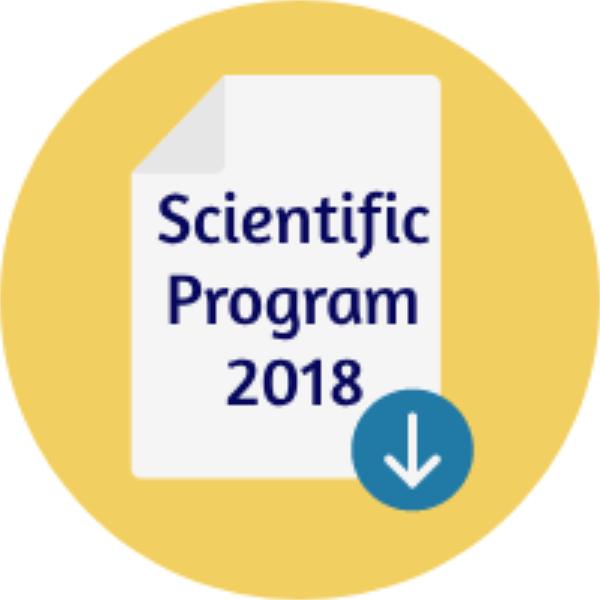
Monika Šuleková
University of Veterinary Medicine and Pharmacy in Košice, Slovakia
Title: The study of naproxen desorption from the silica by RP-HPLC
Biography
Biography: Monika Šuleková
Abstract
Naproxen, a non-steroidal anti-inflammatory drug (NSAID) is widely used to moderate pain relief in the treatment of many diseases. Naproxen has analgesic and antipyretic properties. Mesoporous silica SBA-15 was prepared to evaluate its application as naproxen drug delivery system. The amount of naproxen released from the pores of mesoporous silica SBA-15 into the solutions was determined by the method of a reverse-phase high performance liquid chromatography (RP-HPLC). SBA-15 having 3-aminoprophyl-, methyl-, fenyl-and cyclohexyl-surface groups was successfully prepared by the grafting of SBA-15 with the corresponding alkoxysilanes. The release of the drug was performed in two different media, in a simulated body fluid (pH 7.40) and in a simulated gastric fluid (pH 2.06). The HPLC system Dionex Ultimate 3000 RS (Thermo Fisher Scientific, Germany) consisted of a quaternary pump, a degasser, an automated injector, a column oven and a diode array detector DAD. HPLC system was used, with stationary phase ODS Hypersil C18 column (150x4.6 mm, 3 μm). To determine the concentration of naproxen, the calibration curve has been established based on five solutions of different concentrations of naproxen. The linearity was determined by threefold repeating measurement of each concentration step. The mixture of acetonitrile and water (55:45, v/v) adjusted with ortho-phosphoric acid to pH 3 was selected as the best mobile phase. The flow rate was 1 mL/min and detection was carried out at a wavelength of 229 nm. During the chromatographic separation, the mobile phase was kept isocratic. The release of the drug was studied as a function of time and the results are shown in Figure.

